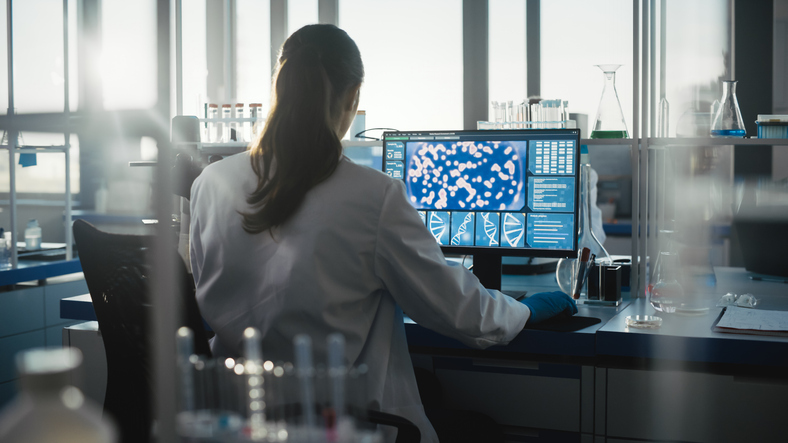McMaster University and Stanford University researchers have successfully developed a cutting-edge generative artificial intelligence model, SyntheMol, capable of designing billions of new, affordable antibiotic molecules that are straightforward to synthesise in the laboratory. This innovation is critical as the global spread of drug-resistant bacteria necessitates the rapid development of novel antibiotics. Despite advancements in AI technologies that aid in identifying promising chemical compounds, challenges remain in synthesising and testing these potential drugs in laboratory conditions.
The significance of SyntheMol is highlighted in a study published today in the journal Nature Machine Intelligence. The model is precisely engineered to tackle the spread of Acinetobacter baumannii, a pathogen the World Health Organization identified as one of the most threatening antibiotic-resistant bacteria worldwide. Acinetobacter baumannii is infamously difficult to combat and is associated with severe infections such as pneumonia, meningitis, and wound infections, which can be fatal. With limited treatment options available, the development of effective antibiotics is crucial. However, with the potential of SyntheMol, there is hope for a brighter future in the fight against antibiotic-resistant bacteria.
Jonathan Stokes, the study’s lead author and an assistant professor in McMaster’s Department of Biomedicine & Biochemistry, collaborated with James Zou, a biomedical data science associate professor at Stanford University. Their joint effort underscores the unique challenge with antibiotics: “As soon as we begin to employ them in the clinic, we’re starting a timer before the drugs become ineffective, because bacteria evolve quickly to resist them.” The necessity for a robust, rapid, and cost-effective pipeline of new antibiotics is evident, and AI plays a pivotal role in this process.
The researchers’ generative model is based on a library of 132,000 molecular fragments, which resemble interlocking Lego pieces but vary significantly in their properties. Combining these fragments with 13 chemical reactions, the model can generate up to 30 billion two-component combinations, creating molecules with promising antibacterial properties. These molecules were further evaluated by another AI model trained to predict toxicity, yielding six potent and non-toxic molecules against Acinetobacter baumannii.
“SyntheMol not only designs novel molecules that are promising drug candidates but also generates the recipe for how to make each new molecule. Generating such recipes is a new approach and a game-changer because chemists do not know how to make AI-designed molecules,” says Zou, who co-authored the paper. This breakthrough accelerates the discovery of new antibiotics and transforms the traditional approach to drug development, promising a new era in the fight against antibiotic-resistant bacteria.
More information: Kyle Swanson et al, Generative AI for designing and validating easily synthesizable and structurally novel antibiotics, Nature Machine Intelligence. DOI: 10.1038/s42256-024-00809-7
Journal information: Nature Machine Intelligence Provided by McMaster University








